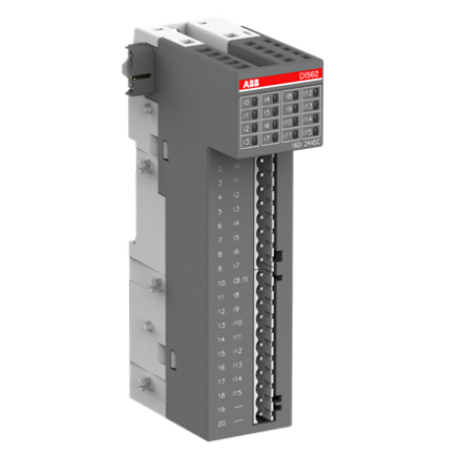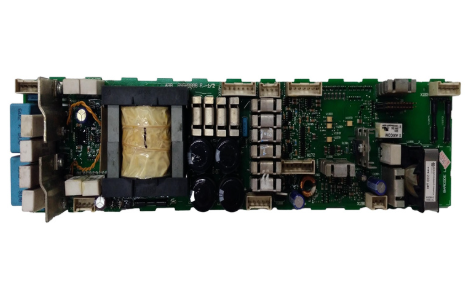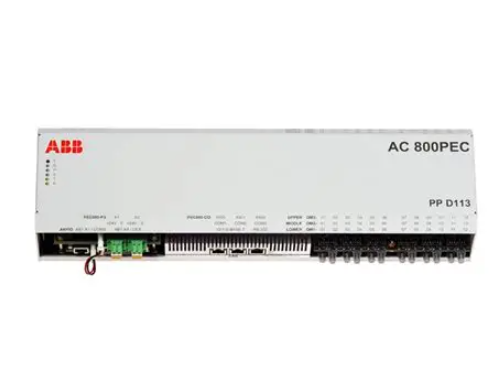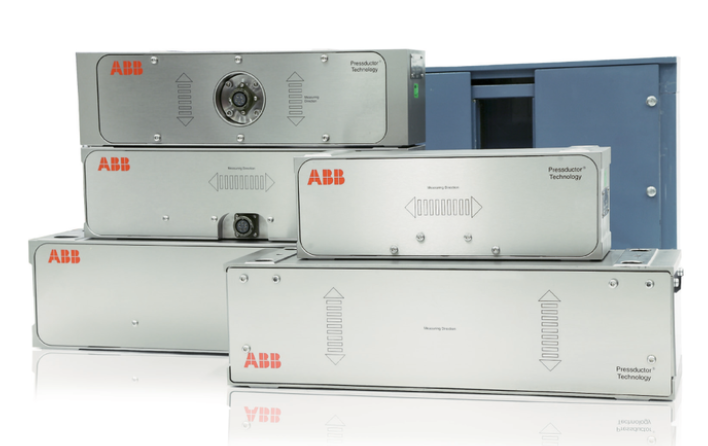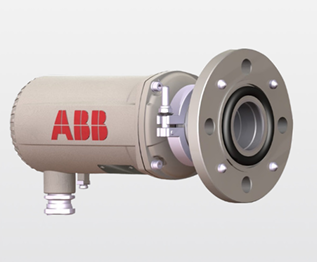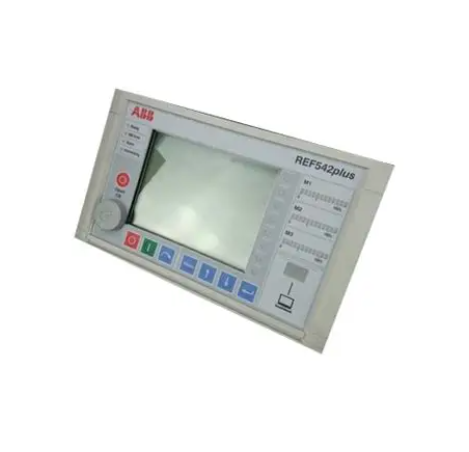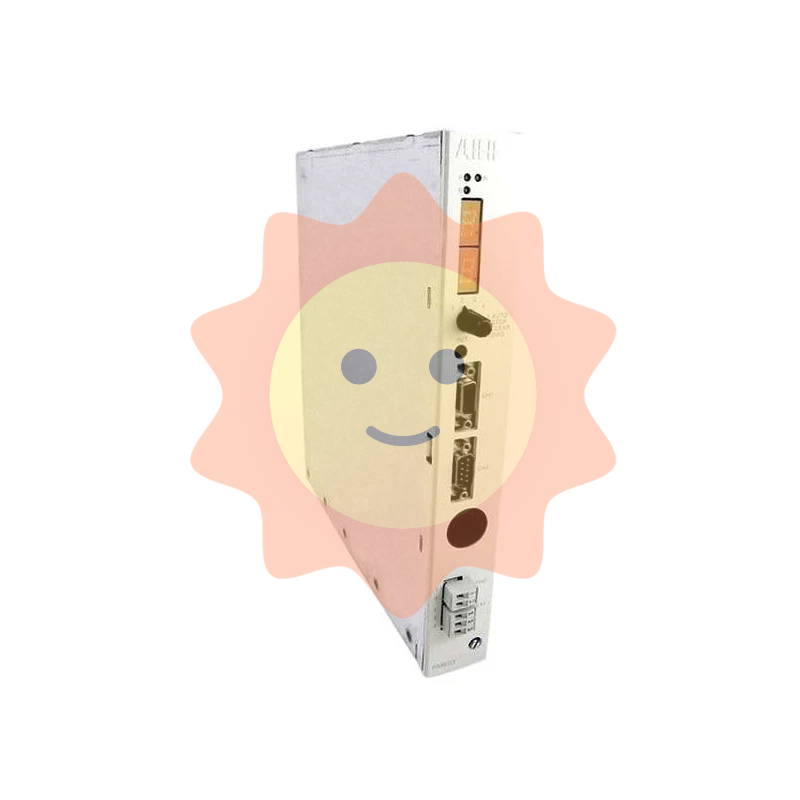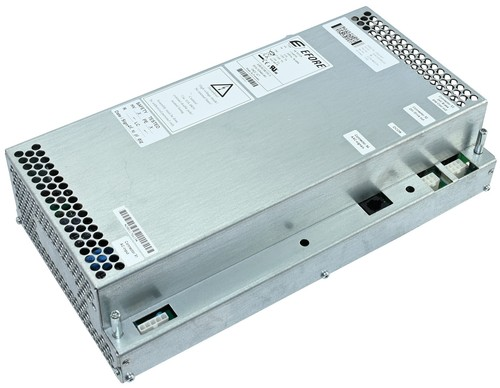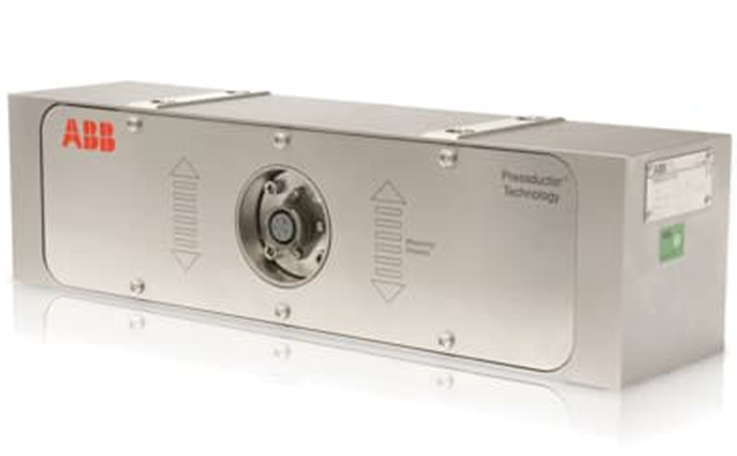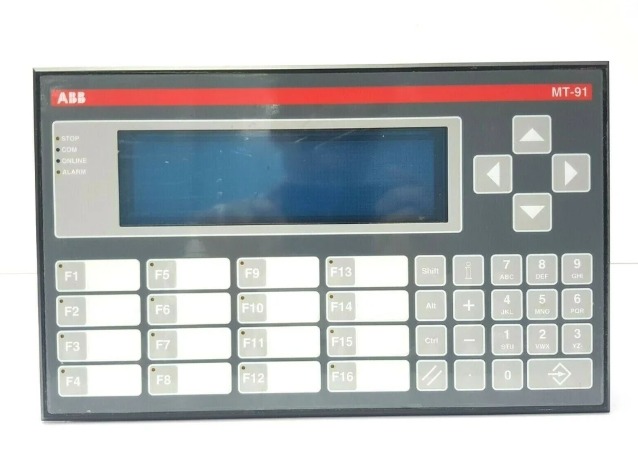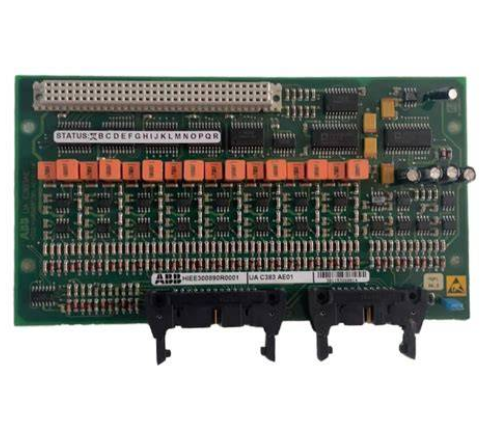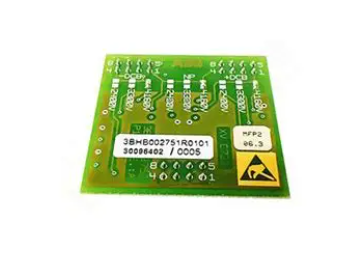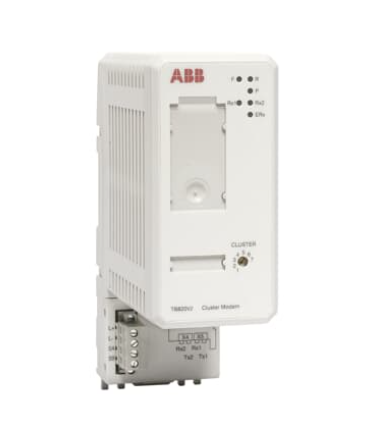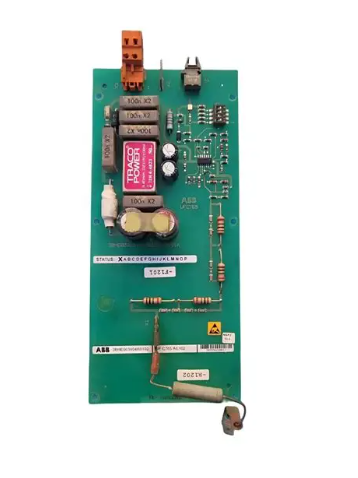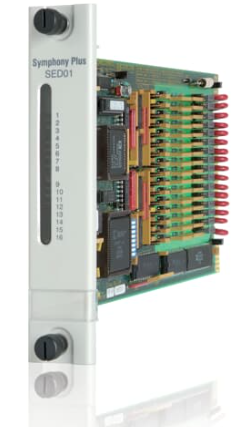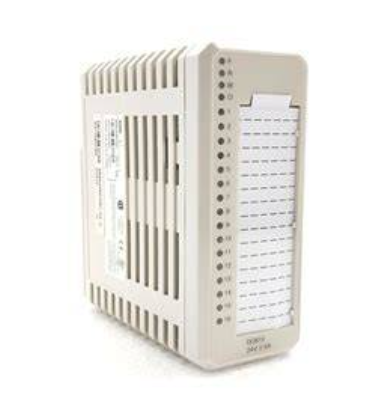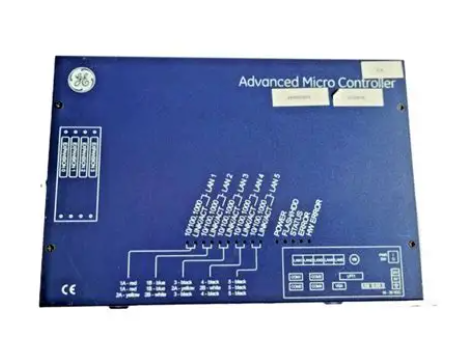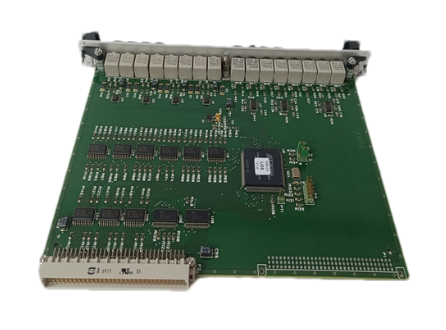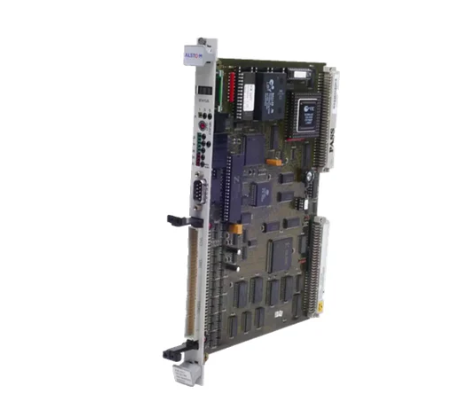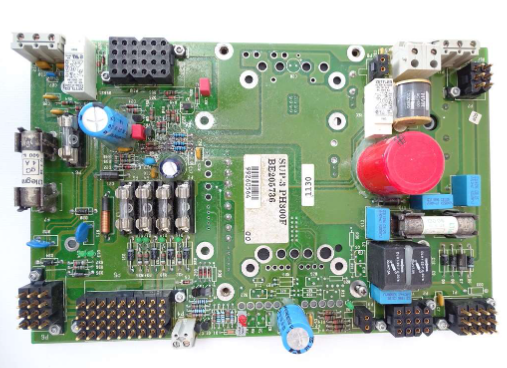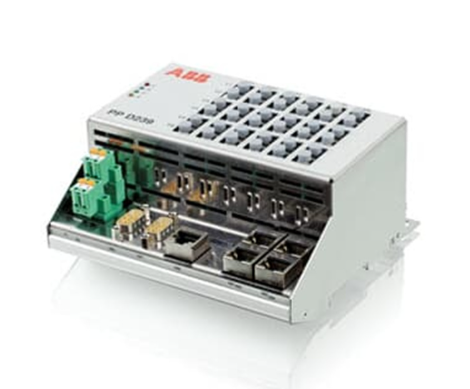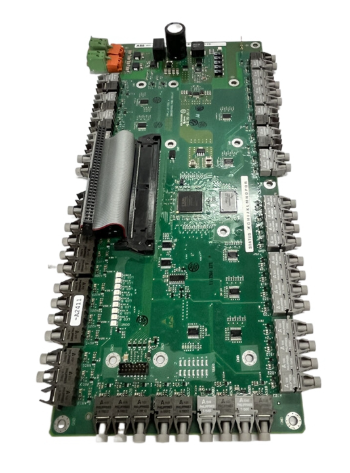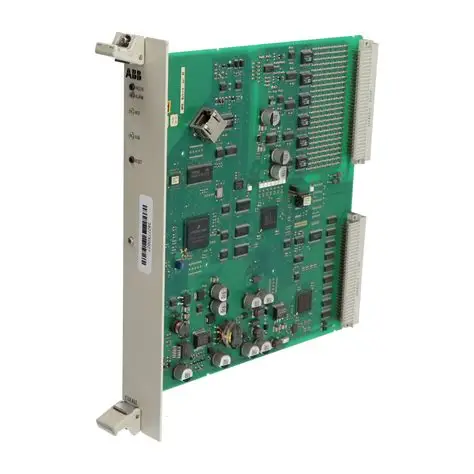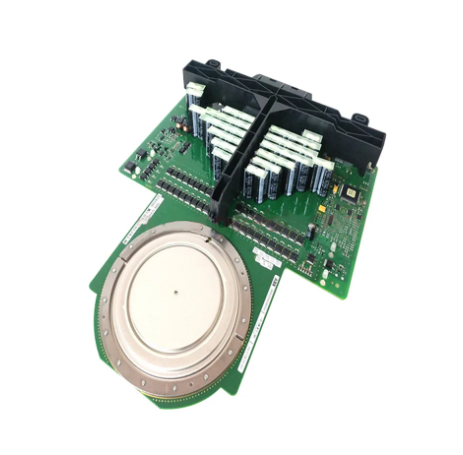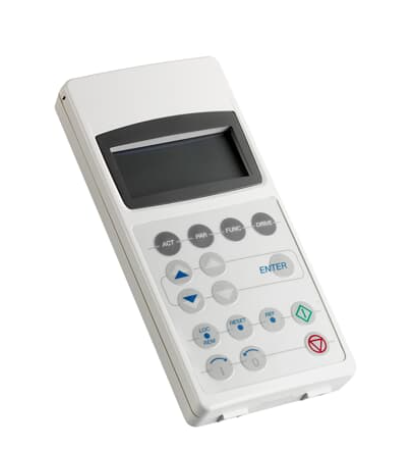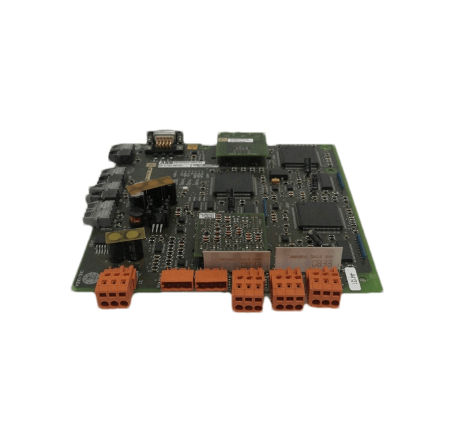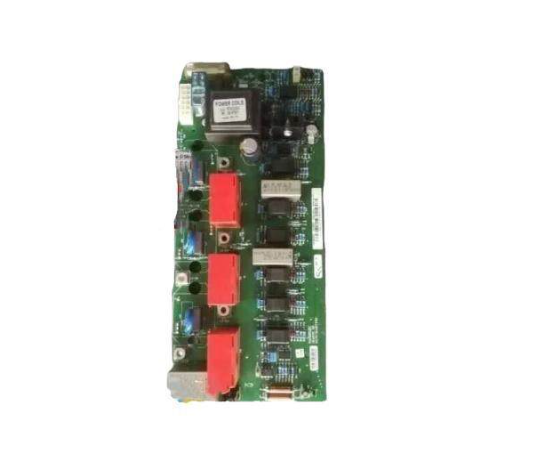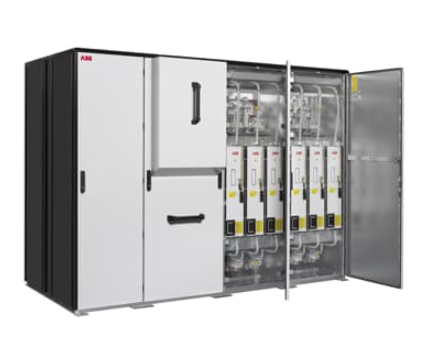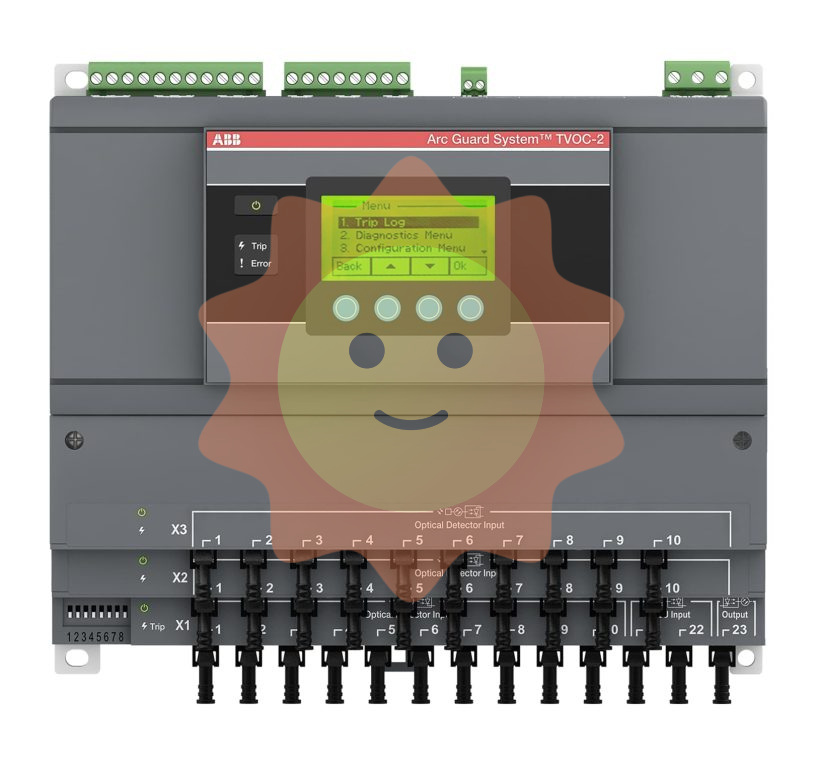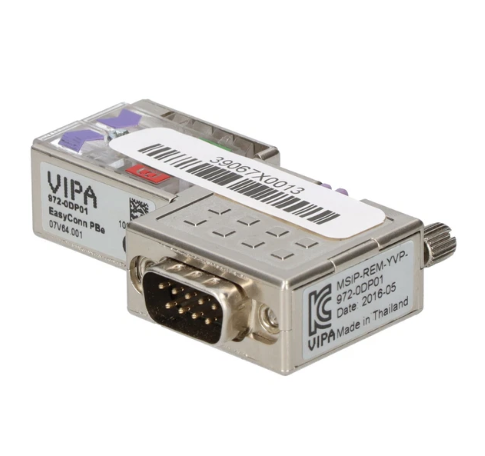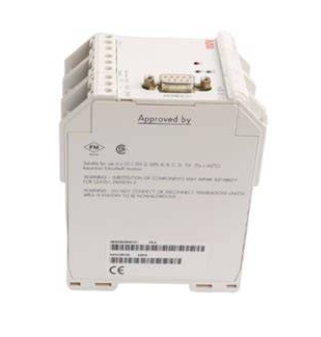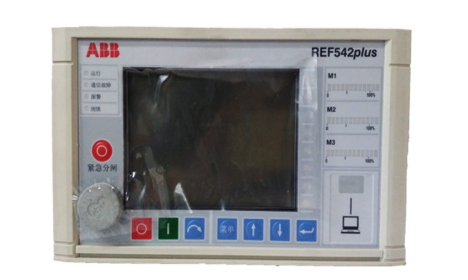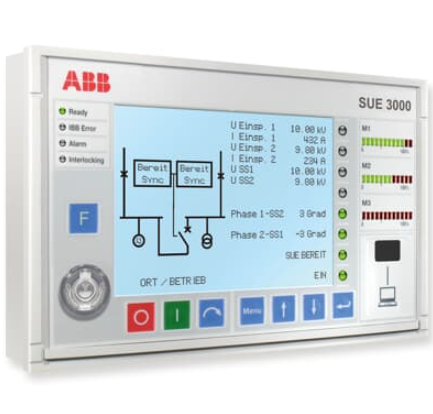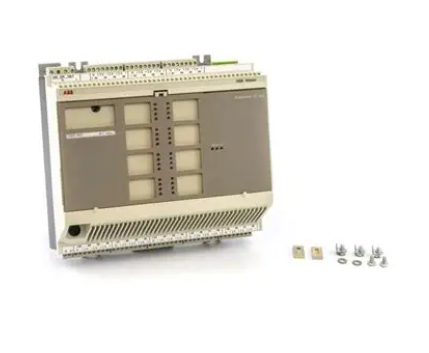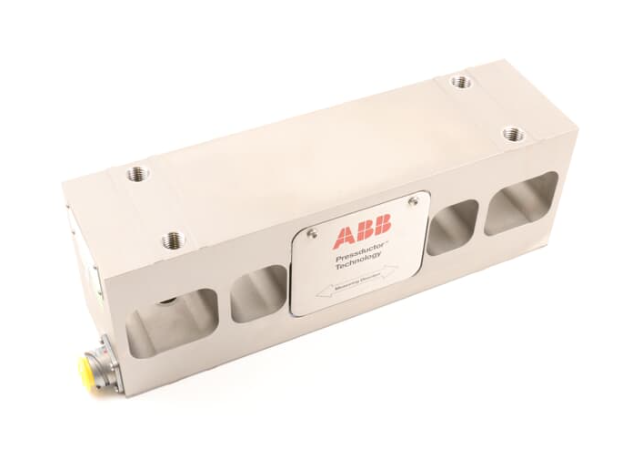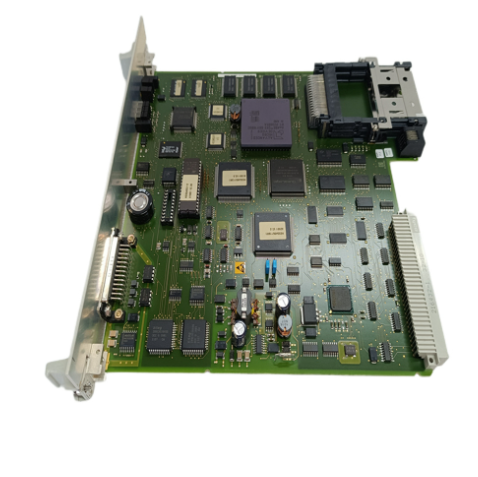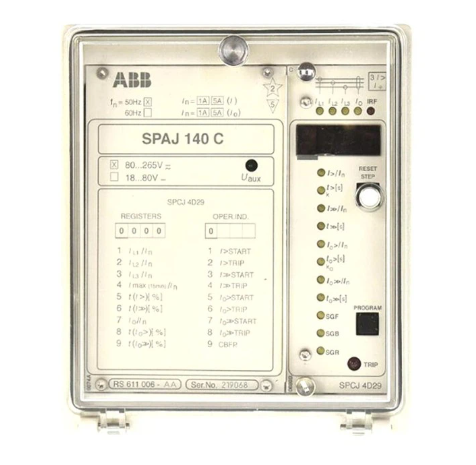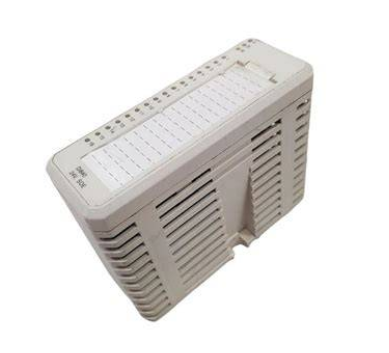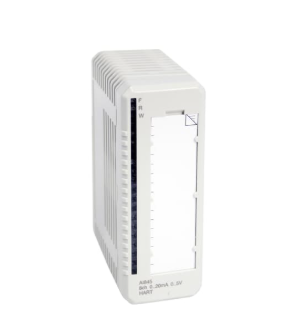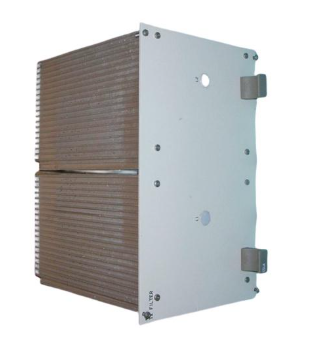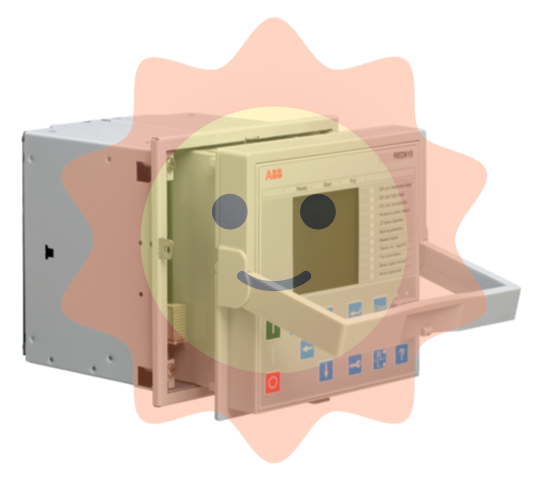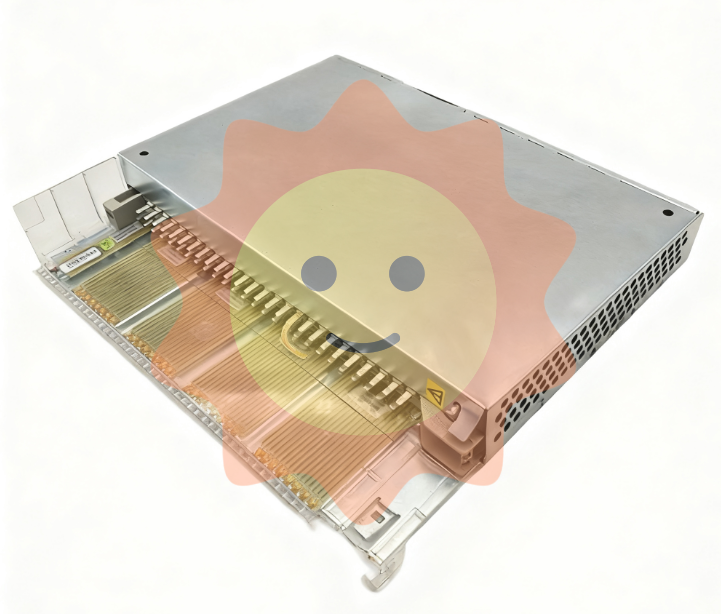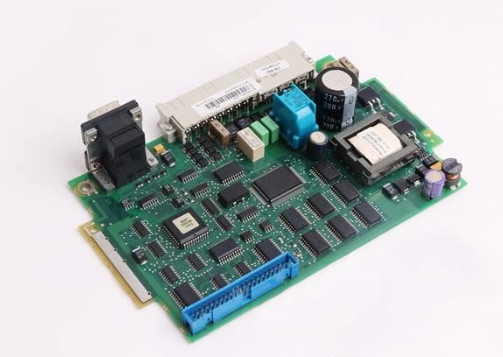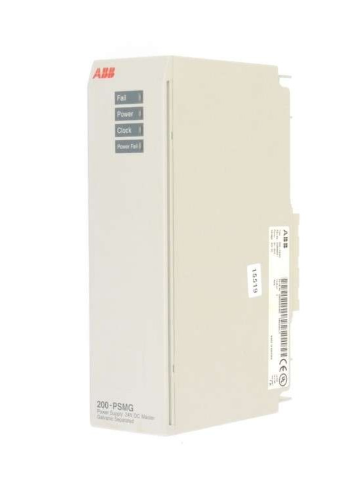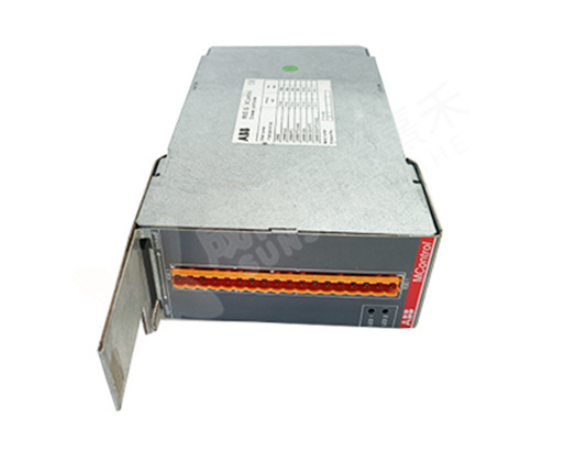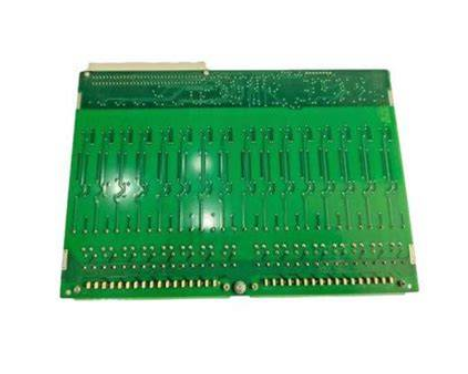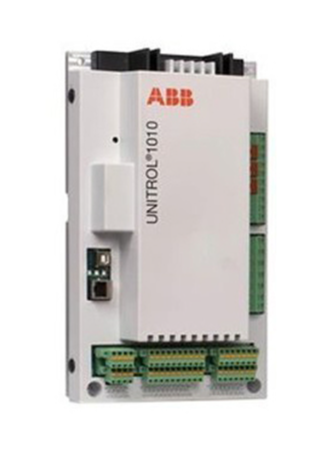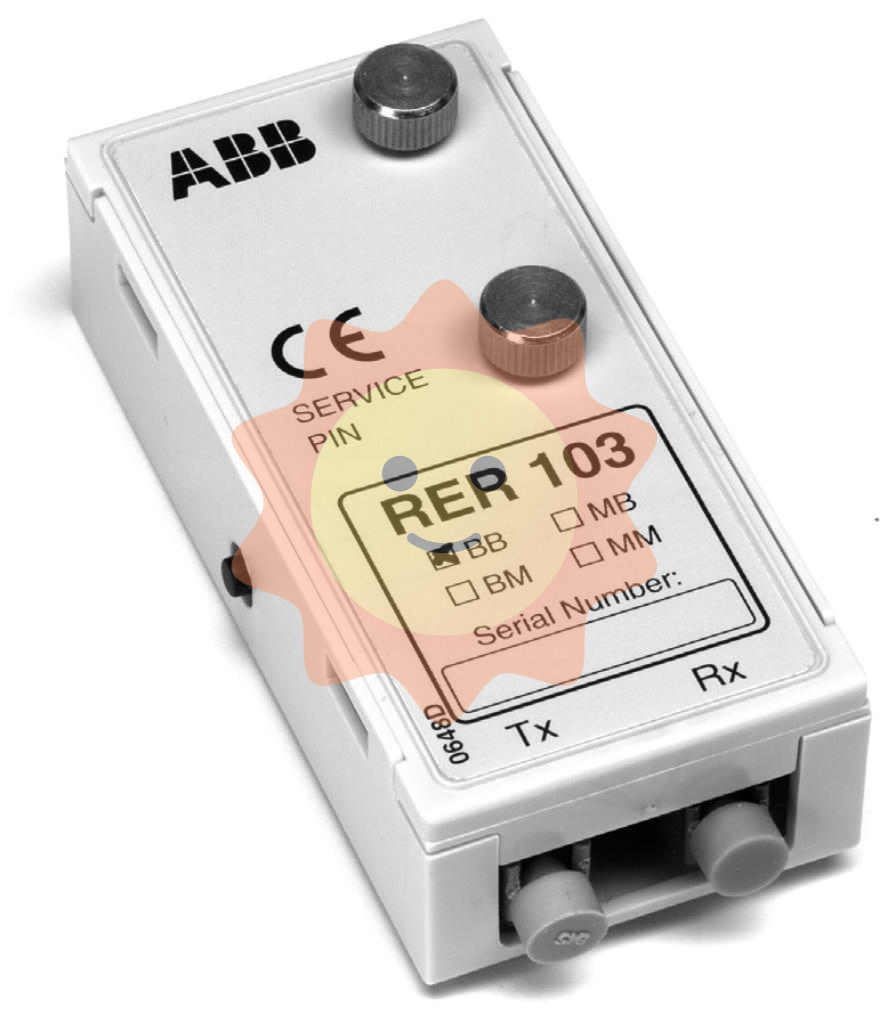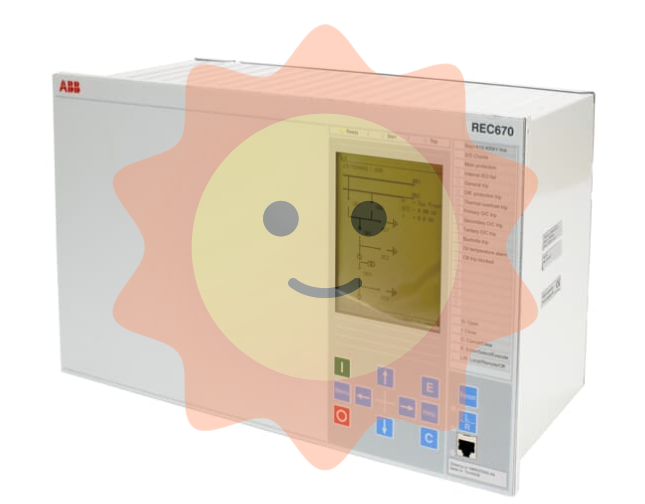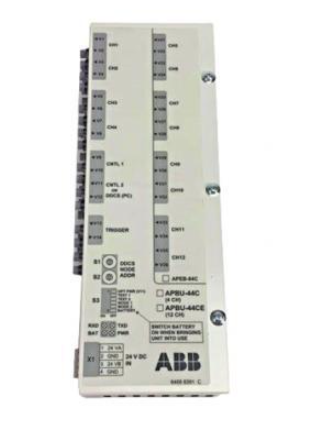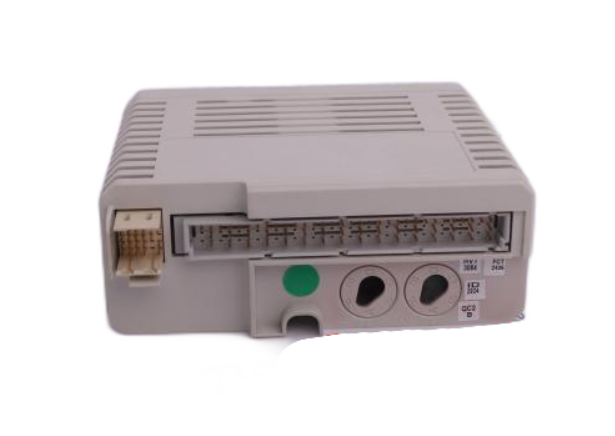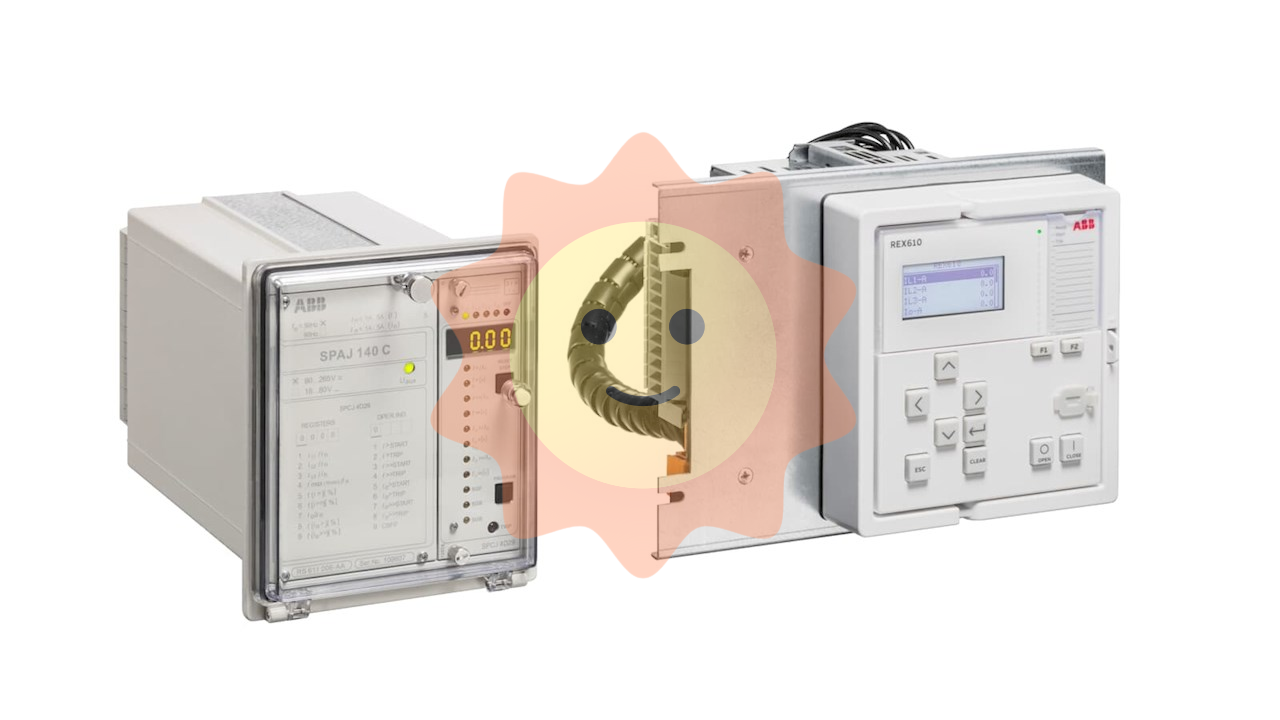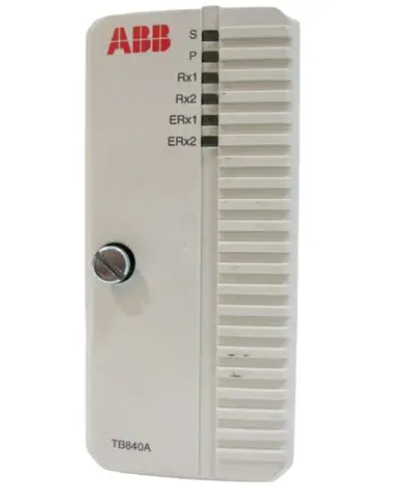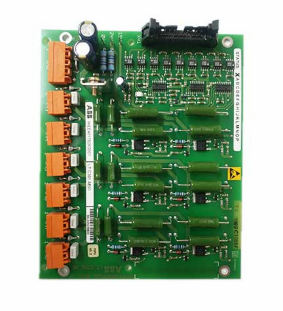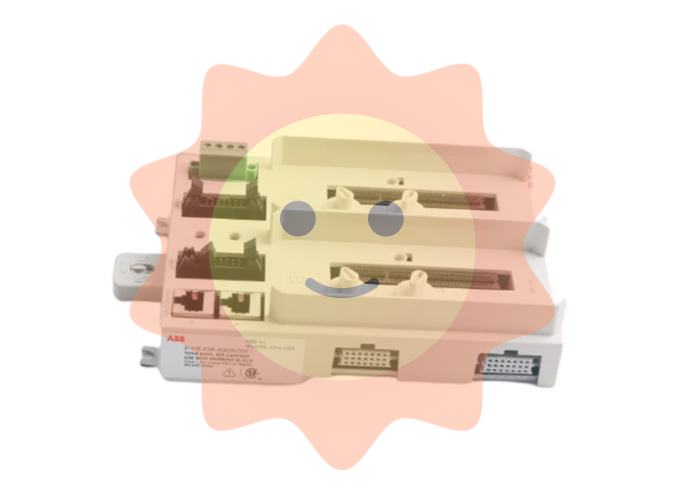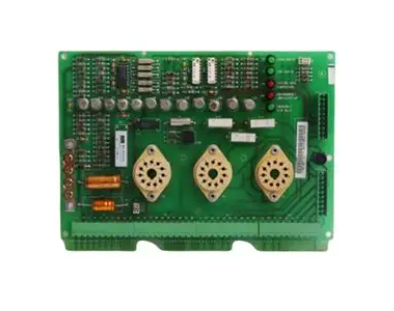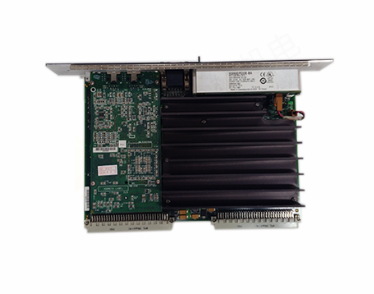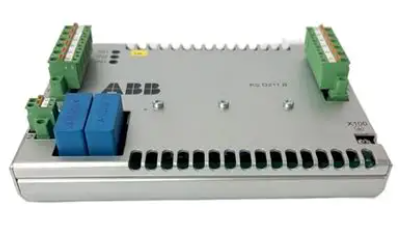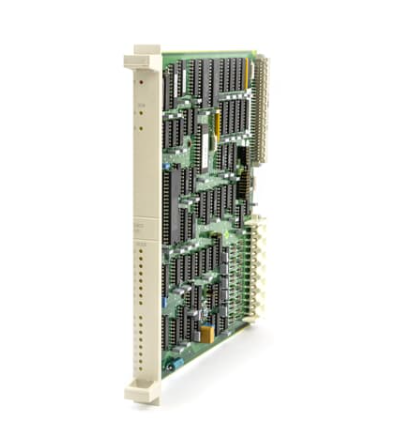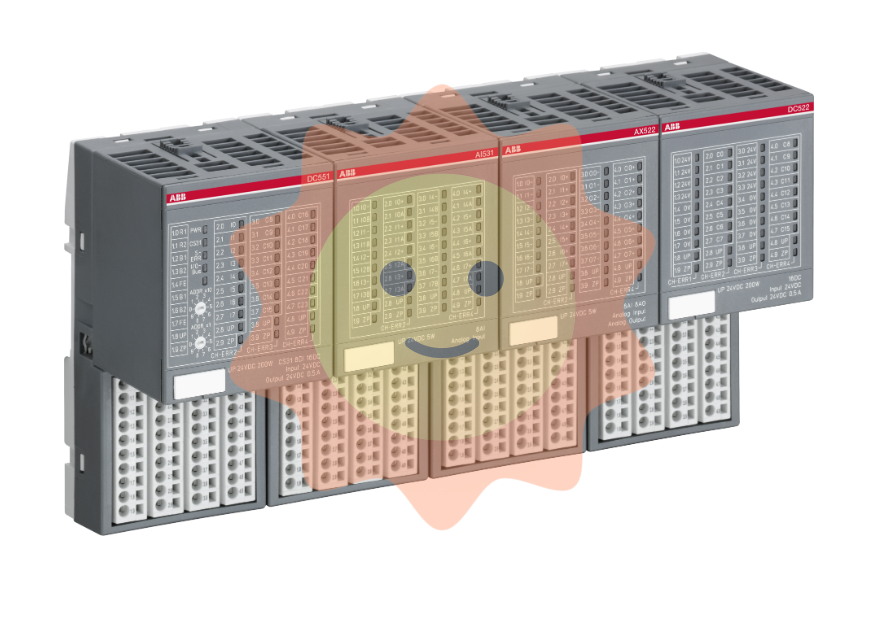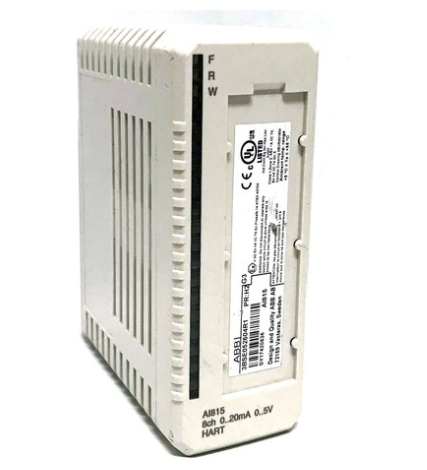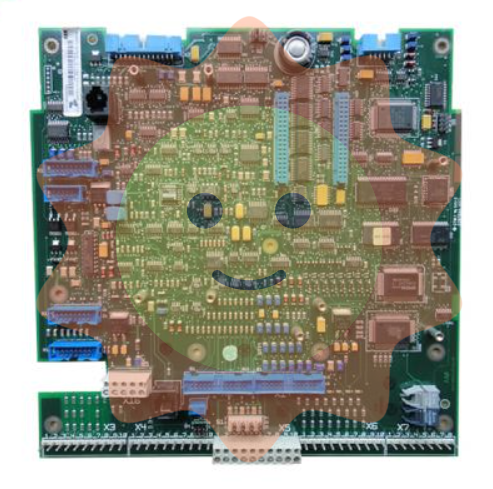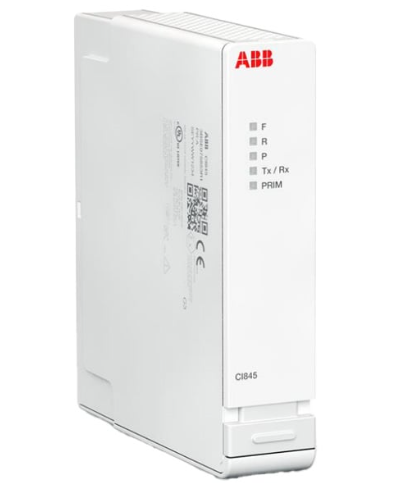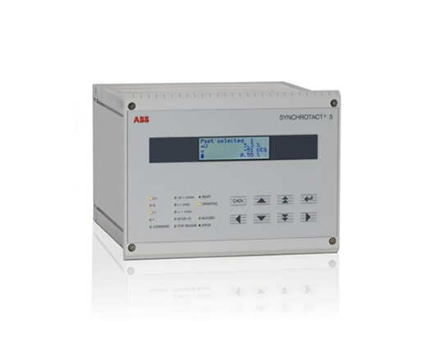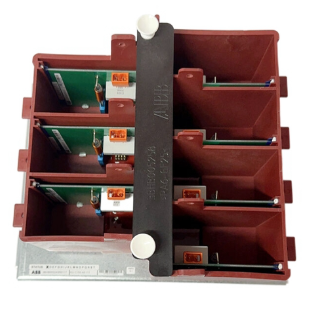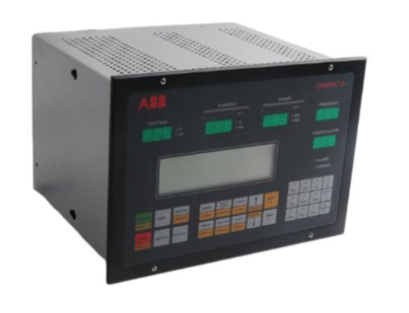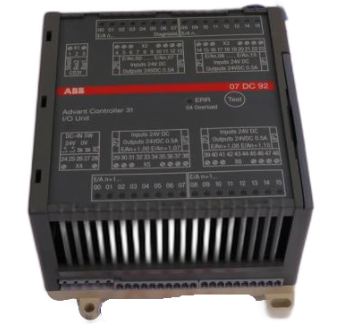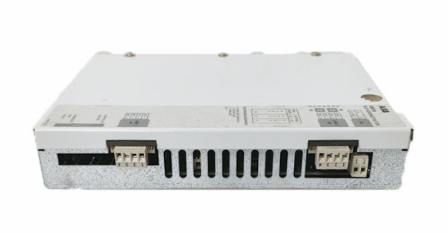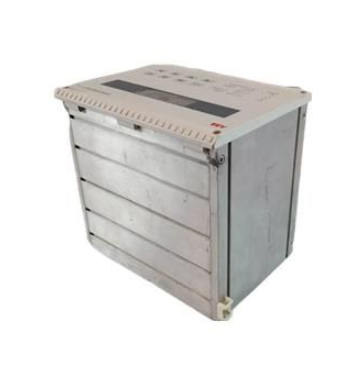ABB 88QT03--E/R2011 Bus Coupling Module
ABB 88QT03--E/R2011 Bus Coupling Module
Basic information about the module
Purpose: The 88QT03 Bus Coupling Module is used to connect the buses of the PROCONTROL P and PROCONTROL-PS protection systems.
Connectable modules: Various types of modules can be connected, e.g. 70EA01-ES/R1 analogue input module, 70EB02-ES/R4 binary input module.
Module functions
Data transfer: bi-directional data transfer between the station bus and the PROCONTROL-PS bus, up to 255 telegrams received from the station bus and 200 telegrams sent to the station bus; up to 256 telegrams interacted with the PROCONTROL-PS bus.
Function Block Composition: It mainly consists of a station bus-specific function section (responsible for station bus data communication, etc.), a processing section (performing a variety of operations such as data grouping, signal monitoring, etc.), and a PROCONTROL-PS bus-specific function section (dealing with data communication with the bus), and the sections work together through shared memory.
Operation flow
Initialisation: This can be triggered by a voltage connection (when inserting the module) or by receiving the ‘Reset processing’ command telegram, during which the STEA interference LED flashes for approx. 4 seconds.
User list operation: The extended list of groups, limits and measuring ranges required by the user is loaded into the module RAM with the aid of the PDDS (Programming, Diagnostics and Display System), the data are processed after checking the relevance and reasonableness of the list, and the user programme is saved from the RAM to the EEPROM using the ‘Save’ instruction, after which the data can be changed in the RAM. The user programme is saved from RAM to EEPROM using the ‘Save’ instruction.
Data processing related functions
Input signal monitoring: The analogue values of the analogue input modules connected to the PROCONTROL-PS bus are not normally monitored for reasonableness, but the 70EAxx modules can be individually programmed to monitor them according to the user's requirements, with bit 14 of diagnostic register 246 set to 1 when monitoring is active.
Limit Signal Generation: Up to 4 limit signals can be generated for each analogue value received from the PROCONTROL-PS bus. Limit telegrams are written to the registers following the analogue registers in the shared memory of the station bus transmitter, and up to 3 values can be set, such as the actual limit value, hysteresis value, and max/min selection, with the hysteresis values being HY1 = 0.39%, HY2 = 1.56%, HY3 = 3.12%, and HY4 = 0.39%. HY1 = 0.39%, HY2 = 1.56%, HY3 = 3.12%, HY4 = 6.25%.
Address and Communication
Address Setting: Station bus address is related to the installation position, and can only be inserted into the even numbered module address; PROCONTROL-PS bus module needs specific address, which is set by address switches S2 and S3, and the input module address cannot be repeated.
Data communication: Data telegrams received by the station bus can be simultaneously output to several PROCONTROL-PS bus output addresses, according to user programming.
Operating Modes and Diagnostic Alarms
Working Mode: Signal output, event processing time, interference signal processing and other functions are set via the S1 switch.
Diagnostic Alarm: The light-emitting diode on the front of the module is used to indicate the state of interference, etc., such as ST indicates all the interferences of the module and the data transmission, and STEA steady light-emitting indicates the interference of the PROCONTROL-PS bus or the interface, and the blinking has a specific meaning; there are various diagnostic functions inside the module, such as the bus function test, the microprocessor mutual inspection, etc., and the diagnostic information is stored in the diagnostic register, and the telegrams can be sent to containing diagnostic register data.
Technical data: Operating voltage 24V, current consumption 0.5A, power consumption 12W, standard interfaces SS (with station bus), SEA (with PROCONTROL-PS bus).

- EMERSON
- Honeywell
- CTI
- Rolls-Royce
- General Electric
- Woodward
- Yaskawa
- xYCOM
- Motorola
- Siemens
- Rockwell
- ABB
- B&R
- HIMA
- Construction site
- electricity
- Automobile market
- PLC
- DCS
- Motor drivers
- VSD
- Implications
- cement
- CO2
- CEM
- methane
- Artificial intelligence
- Titanic
- Solar energy
- Hydrogen fuel cell
- Hydrogen and fuel cells
- Hydrogen and oxygen fuel cells
- tyre
- Chemical fiber
- dynamo
- corpuscle
- Pulp and paper
- printing
- fossil
- FANUC
- Food and beverage
- Life science
- Sewage treatment
- Personal care
- electricity
- boats
- infrastructure
- Automobile industry
- metallurgy
- Nuclear power generation
- Geothermal power generation
- Water and wastewater
- Infrastructure construction
- Mine hazard
- steel
- papermaking
- Natural gas industry
- Infrastructure construction
- Power and energy
- Rubber and plastic
- Renewable energy
- pharmacy
- mining
- Plastic industry
- Schneider
- Kongsberg
- NI
- Wind energy
- International petroleum
- International new energy network
- gas
- WATLOW
- ProSoft
- SEW
- wind
- ADVANCED
- Reliance
- YOKOGAWA
- TRICONEX
- FOXBORO
- METSO
- MAN
- Advantest
- ADVANCED
- ALSTOM
- Control Wave
- AB
- AMAT
- STUDER
- KONGSBERG
- MOTOROLA
- DANAHER MOTION
- Bently
- Galil
- EATON
- MOLEX
- Triconex
- DEIF
- B&W
- ZYGO
- Aerotech
- DANFOSS
- KOLLMORGEN
- Beijer
- Endress+Hauser
- MOOG
- KB
- Moxa
- Rexroth
- YAMAHA


Email:wang@kongjiangauto.com




